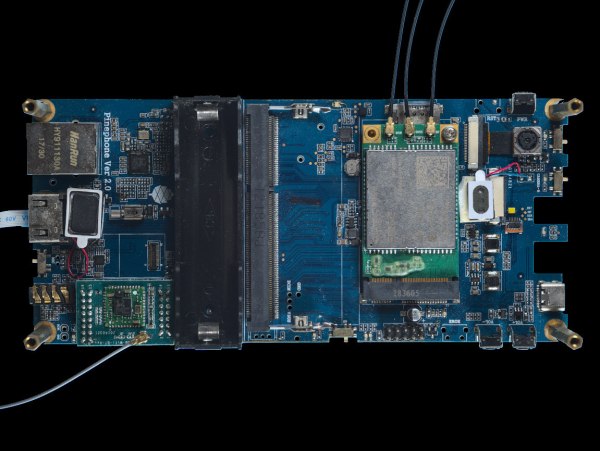[hsgw] built a macropad in Python, and that’s not a strange language to choose to program the firmware in these days. But that’s just the tip of the iceberg. The whole process — from schematic capture, through routing and generating the PCB, and even extending to making the case — was done programmatically, in Python.
The macropad itself isn’t too shabby, sporting an OLED and some nice silkscreen graphics, but the whole point here is demonstrating the workflow. And that starts with defining the schematic using skidl, laying out the board with pcbflow, which uses a bunch of KiCAD footprints, and then doing the CAD design for a case in cadquery, which is kind of like OpenSCAD.
The result is that the whole physical project is essentially code-defined from beginning to end. We’re not sure how well all the different stages of the workflow play together, but we can imagine that this makes versioning a ton easier. Coding a PCB is probably overkill for something simple like this — you’d be faster to lay it out by hand for sure — but it doesn’t really scale. There’s definitely some level of complexity where you don’t want to be clicking an pointing, but rather typing. Think of this as the “hello world” to designing in code.
Some of the tools in the workflow were new to us, but if you’d like an in-depth look at cadquery, we’ve got you covered. [Tim Böscke]’s insane CPU made from 555 timers (yes, really) uses pcbflow. And if you’d like to dig back a bit into the origins of Python PCB design, this post introduces CuFlow, on which pcbflow was based.








 making uploading firmware a breeze. To that end, a USB port is also provided, hooked up to the uC with the cheap CP2102 USB bridge chip as per most Arduino-like designs. The thing that makes this build a little unusual is the ethernet port. The hardware side of things is taken care of with the
making uploading firmware a breeze. To that end, a USB port is also provided, hooked up to the uC with the cheap CP2102 USB bridge chip as per most Arduino-like designs. The thing that makes this build a little unusual is the ethernet port. The hardware side of things is taken care of with the 








